The best robot vacuums in 2021: Roomba, Neato, Roborock, iLife and Shark tested
The best robot vacuums will pick up all kinds of debris, be it dust, crumbs or pet hair, in one sweep. In fact, these little bots have become so advanced that some can even empty themselves in their charging base, although you will still need to empty the final bin! The power and effectiveness of robot vacuum cleaners has come a long way in recent years as well — some are almost rivalling upright models.
With so much advancement, there’s little reason not to invest in your very own model. Some can be controlled via your smartphone while others can both vacuum and mop. But, with so many options and features, it can be difficult to decide which to buy.
Luckily, we’ve tested out a range of robot vacuums to find the best the market has to offer. We assessed the performance of each on carpets and hard floors using a range of debris, including kitty litter and pet hair. General navigation capabilities were also considered as well as the overall design, and we were surprised by how much of a difference we found between models. So, whether you’re shopping on a budget or looking for the latest tech, here are the best robot vacuums.
Editor’s Note: The Tom’s Guide Awards 2021 for smart home devices have been announced, and the Roborock S4 Max has won the Best robot vacuum overall award! Head to the smart home devices awards page to see all the winners and recommended runners-up.
What are the best robot vacuums?
We spent hundreds of hours testing dozens of robot vacuums, both in a controlled environment and at home. After reviewing the results, we believe that the best robot vacuum is the Roborock S4 Max. It was one of the top performers for picking up Cheerios, kitty litter and pet hair. It’s also reasonably priced at $429 and comes with some of the more premium features, such as being able to map out your home. This robot vacuum can also be controlled by Alexa and Google Assistant.
Shopping on a budget? In that case, we would recommend the iLife V3s Pro. Costing just $159, this model is the winner of our best cheap robot vacuums. In fact, it outperformed other models which came with a much higher price tag. It’s more basic in its design, lacking smart home connectivity, but it cleans very well and couldn’t be better value for money.
Read on for all our top picks of the best robot vacuums.
The best robot vacuums you can buy today

The Roborock S4 Max is our current favorite robot vacuum overall for its affordable price, good feature set, and—above all—its excellent cleaning performance. It picked up an average of 94 percent of dog hair on carpet and hardwood floors, and did even better with Cheerios and kitty litter. It was in a virtual tie with the Roomba S9+, which costs more than twice the S4 Max.
The S4 Max was fast to map our home, and it was a fairly simple matter to create rooms in the app and then direct the robot vacuum to clean individual areas. You can even set specific times to clean rooms. As an Amazon exclusive, the Roborock S4 Max can run out of stock periodically, but it’s worth picking up when it’s available.
Read our full Roborock S4 Max review.
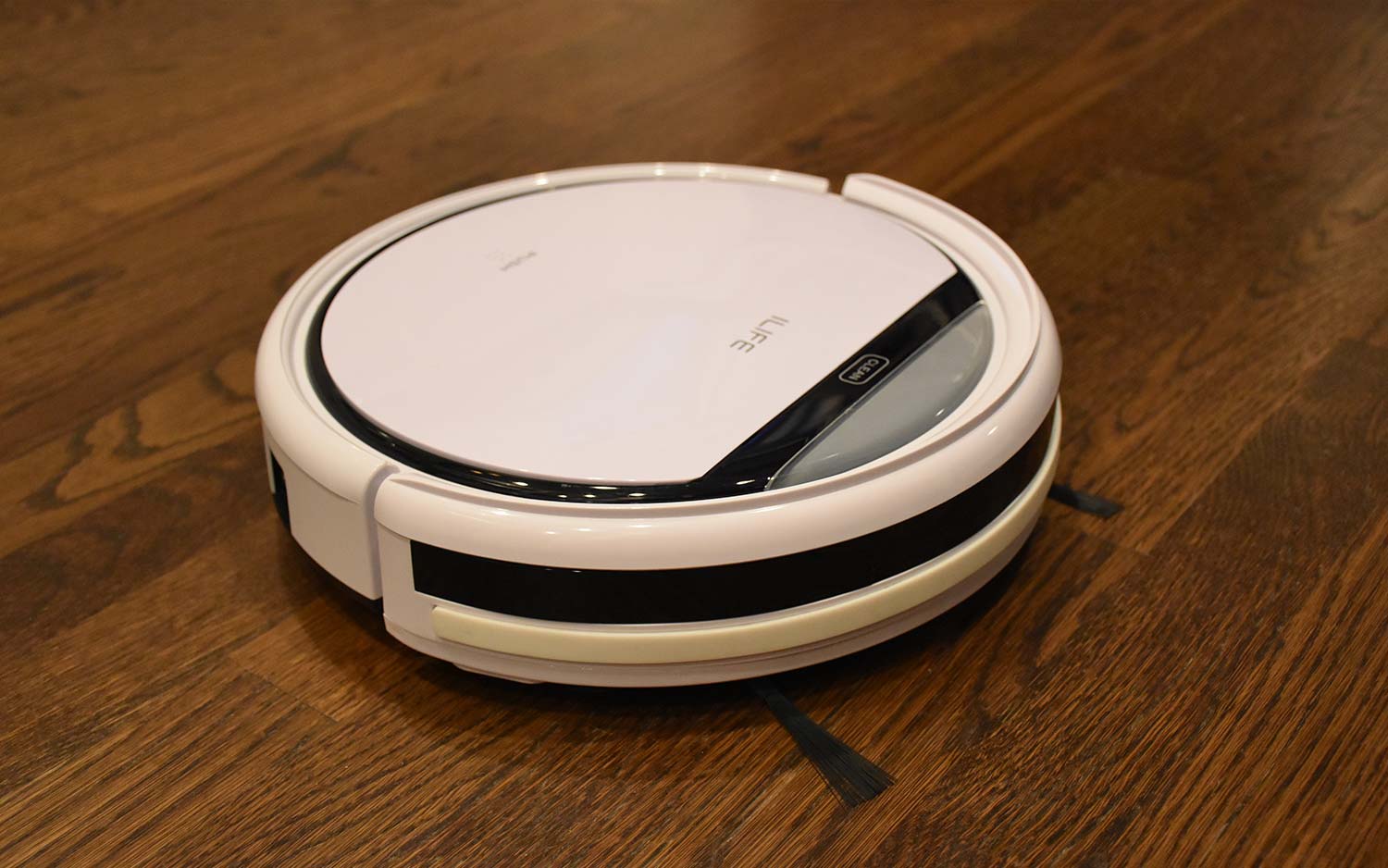

The iLife V3s Pro is the best robot vacuum you can get for less than $200. Despite its low price, the V3s Pro consistently outperformed other robot vacuums that cost three times as much. It picked up nearly all of Fido’s fur in our lab tests — making it the best robot vacuum for pet hair — and was also good in our at-home tests, too.
There are a few caveats when purchasing a robot vacuum this cheap, though. For starters, the iLife V3s Pro is slow, taking more than 90 minutes on average to clean our test space. Also, it can’t be controlled from your smartphone, so you have to use the included remote control, and you can’t connect it to Alexa or Google Assistant to turn it on or schedule cleanings. We also found that it was a bit louder than other vacuums. But it’s great at doing the one thing it needs to do well, and that’s picking up dirt. For this price, its downsides are tradeoffs we’re willing to make.
Read our full iLife V3s Pro review
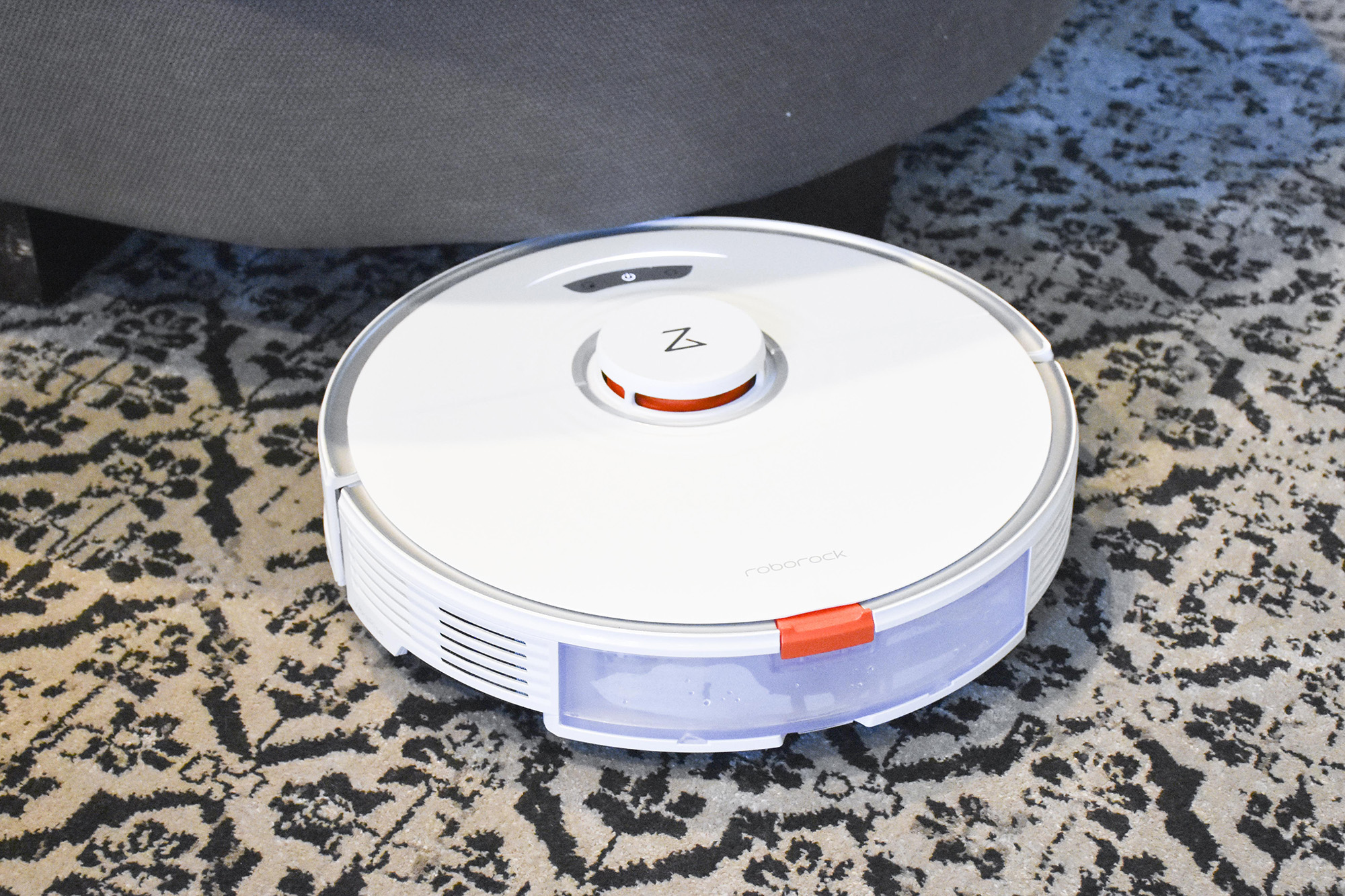

Until the Roborock S7, most of the hybrid robot vacuums/robot mops we’ve tested have been good, but not great, at either task. The S7 is the first such device we’d actually trust to vacuum and mop without close supervision. That’s because the S7 is smart enough to know when it’s on a rug, and can lift its mopping pad so that your carpet doesn’t get soaked.
As a vacuumer, the S7 was pretty good — it’s not the best with pet hair — but it was fast and thorough. It also has niceties such as multi-floor mapping, no-go zones, and scheduling. If you’re looking for a robot vacuum that can also mop, the Roborock S7 is worth a look.
Read our full Roborock S7 review
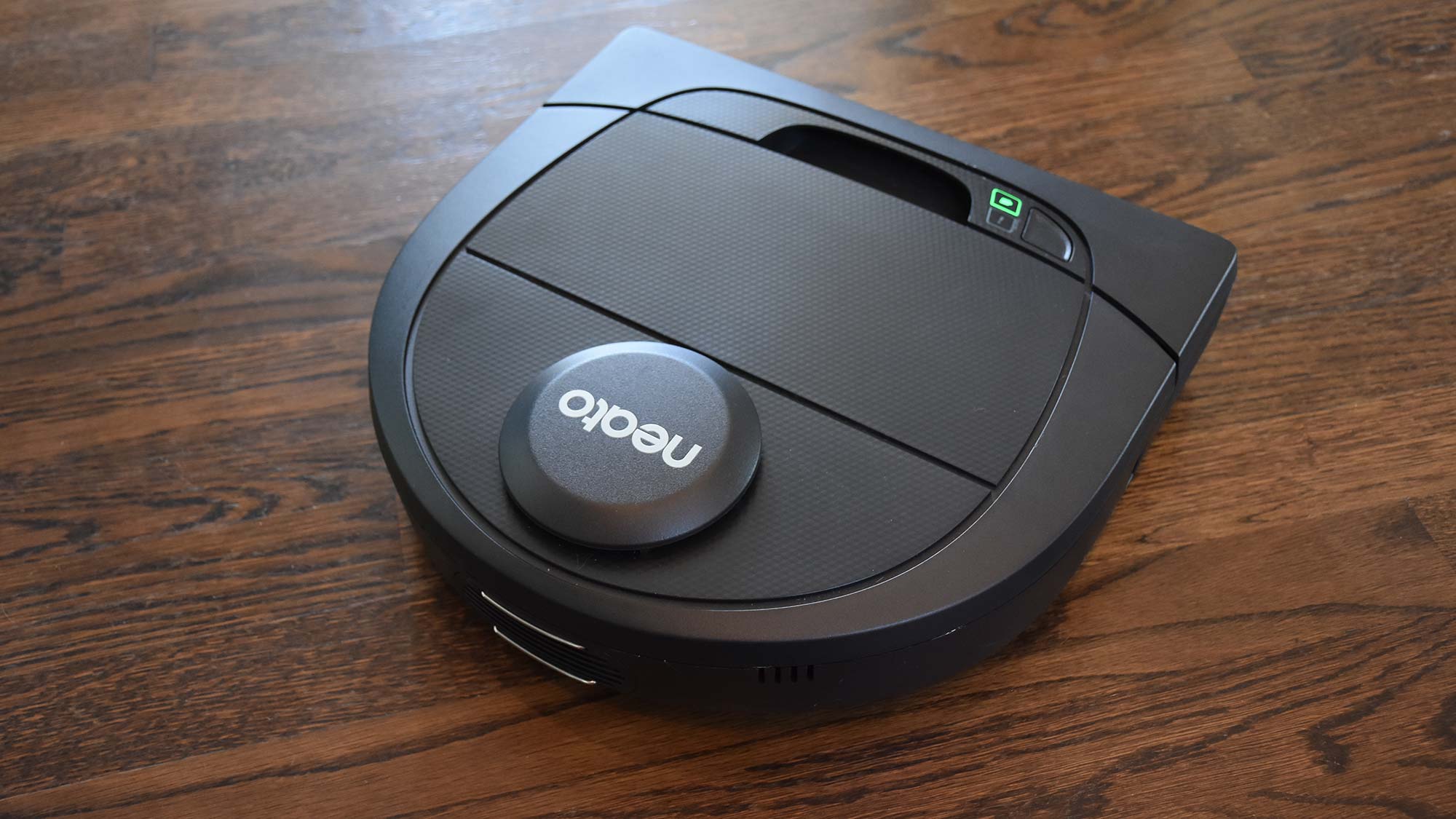
Neato’s entry-level robot vacuum, the Neato D4, isn’t as jam-packed as higher-end models, and isn’t as cheap as budget robot vacuums, but for its price, it’s a solid performer with some useful features. Priced at around $500, it’s half as expensive as the Roomba s9+, and doesn’t have a self-empyting bin, but it’s effective at cleaning up dirt and debris.
The Neato D4 also has mapping capabilities, but can only remember one floor of your house, and can’t do targeted room cleaning, as pricier models do (you can set up virtual “no-go” zones, though). Still, it did a great job of mapping our home and running its appointed rounds. This is a good model for those who don’t want to mortgage their house in order to clean it.
Read our full Neato D4 robot vacuum review.
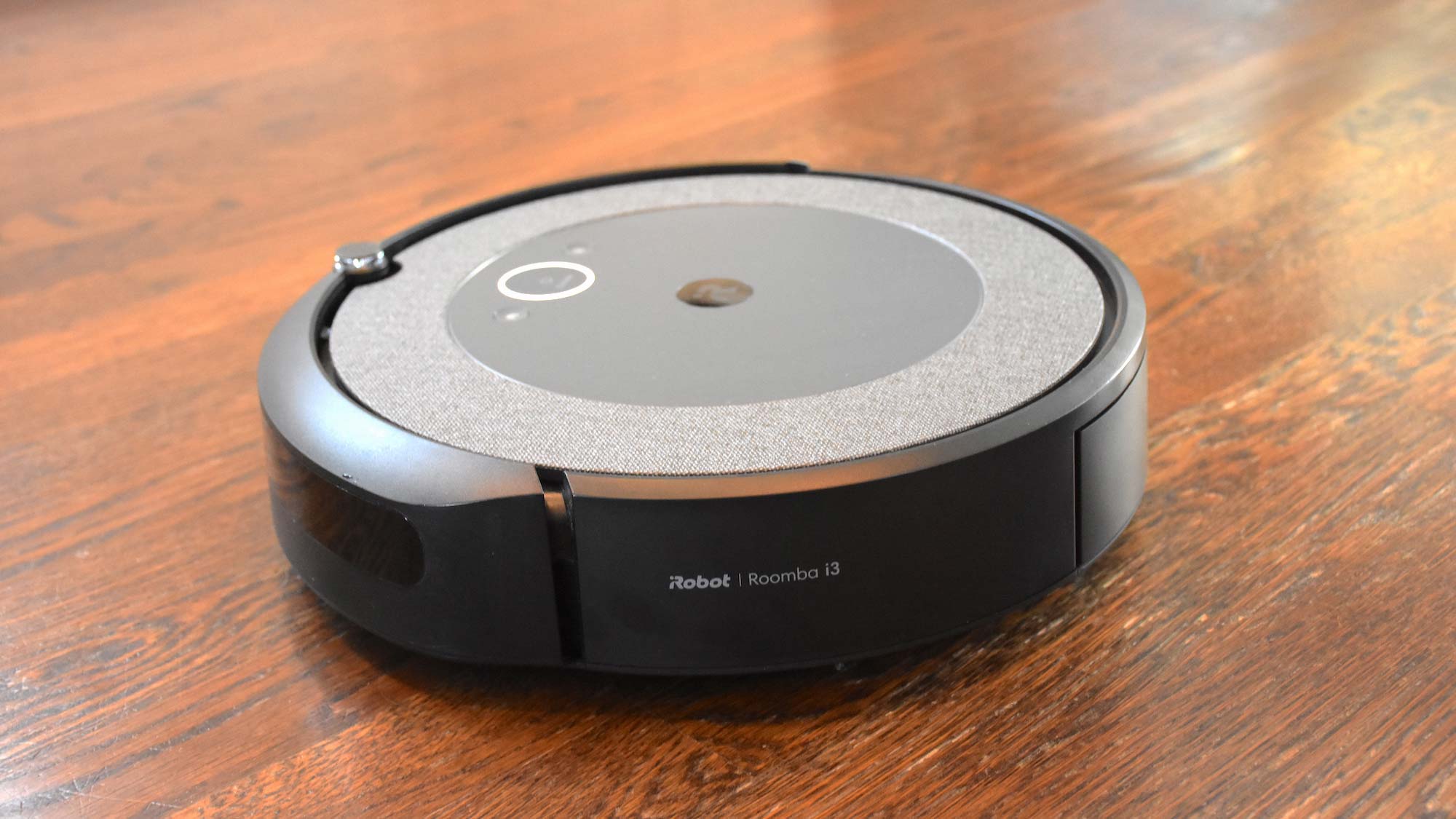
The iRobot Roomba i3+ is the company’s least-expensive robot vacuum with a self-cleaning feature. Thanks to the self-emptying base, you don’t have to dump out its contents after every run—very convenient. The Roomba i3+ excelled at most of our tests, except for picking up pet hair on carpet.
The Roomba i3+ can be controlled via an app as well as with Alexa and Google Assistant, so you can create a schedule and connect it to smart home devices. Unlike the more expensive Roomba i7+ and s9+, though, the i3+ can’t be directed to map individual rooms. Overall though, we really liked its performance.
Read our full iRobot Roomba i3+ review.
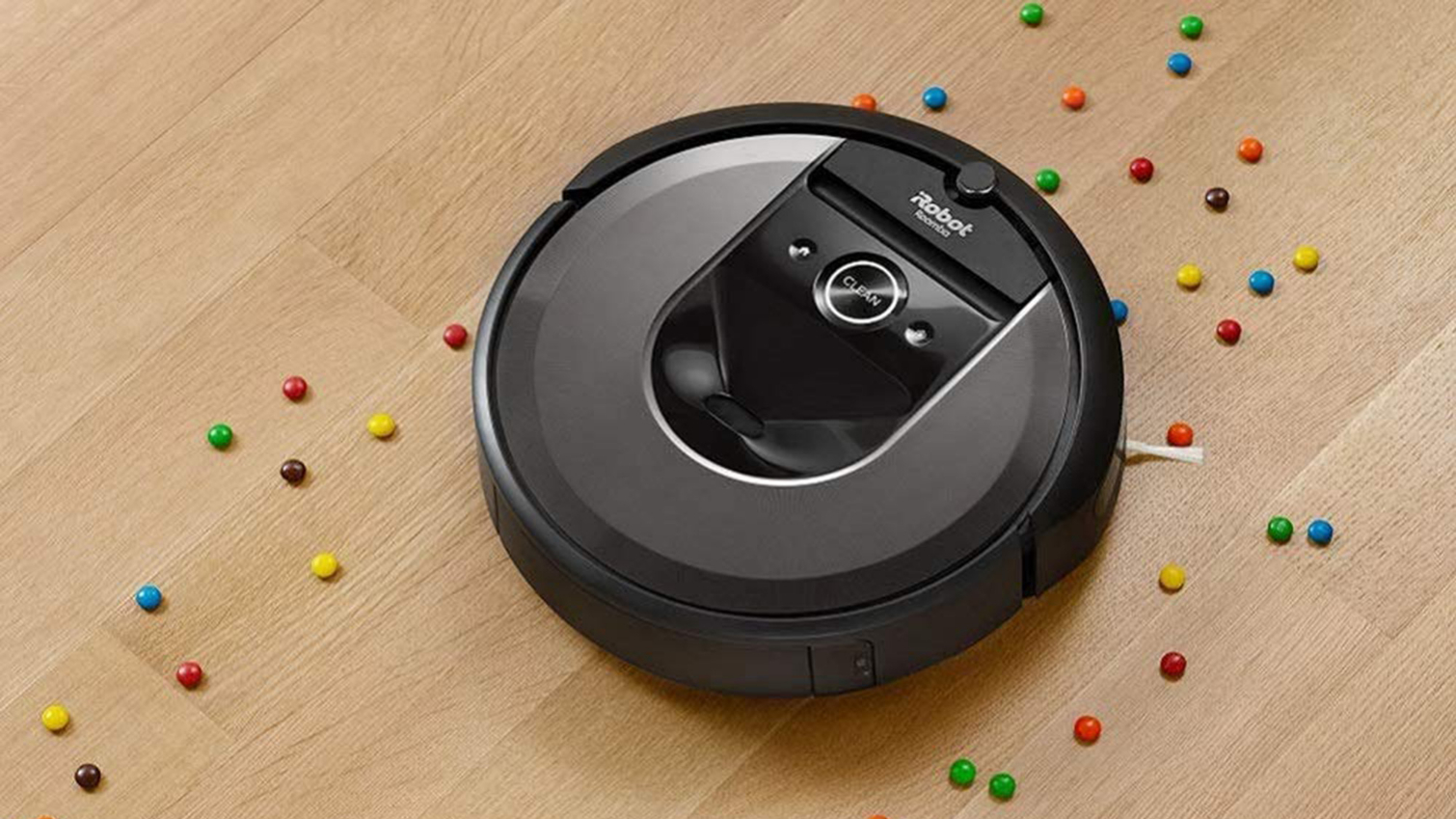
iRobot’s Roomba i7+ makes our best robot vacuum list because it has a base with its own dustbin, so you can go multiple cleanings without having to empty out the bin. It edged out the Shark Ion R85 on our pet hair test, picking up just over 90 percent of all the fur on the floor.
It has a number of other features, such as the ability to map multiple floors and create virtual walls. The Roomba i7+ is also fast, finishing a cleaning run in less than 20 minutes. Now that iRobot has released the Roomba s9+, the Roomba i7+ has come down a bit in price, but it’s still just as effective at cleaning.
Editor’s Note: iRobot has issued a warning for Roomba i7+ owners. Some Clean Base units can malfunction if liquid gets into the bottom of the clean base. iRobot has sent emails and notifications to units that could be affected, and will send a replacement power cord or docking station if necessary.
Read our full iRobot Roomba i7+ review.
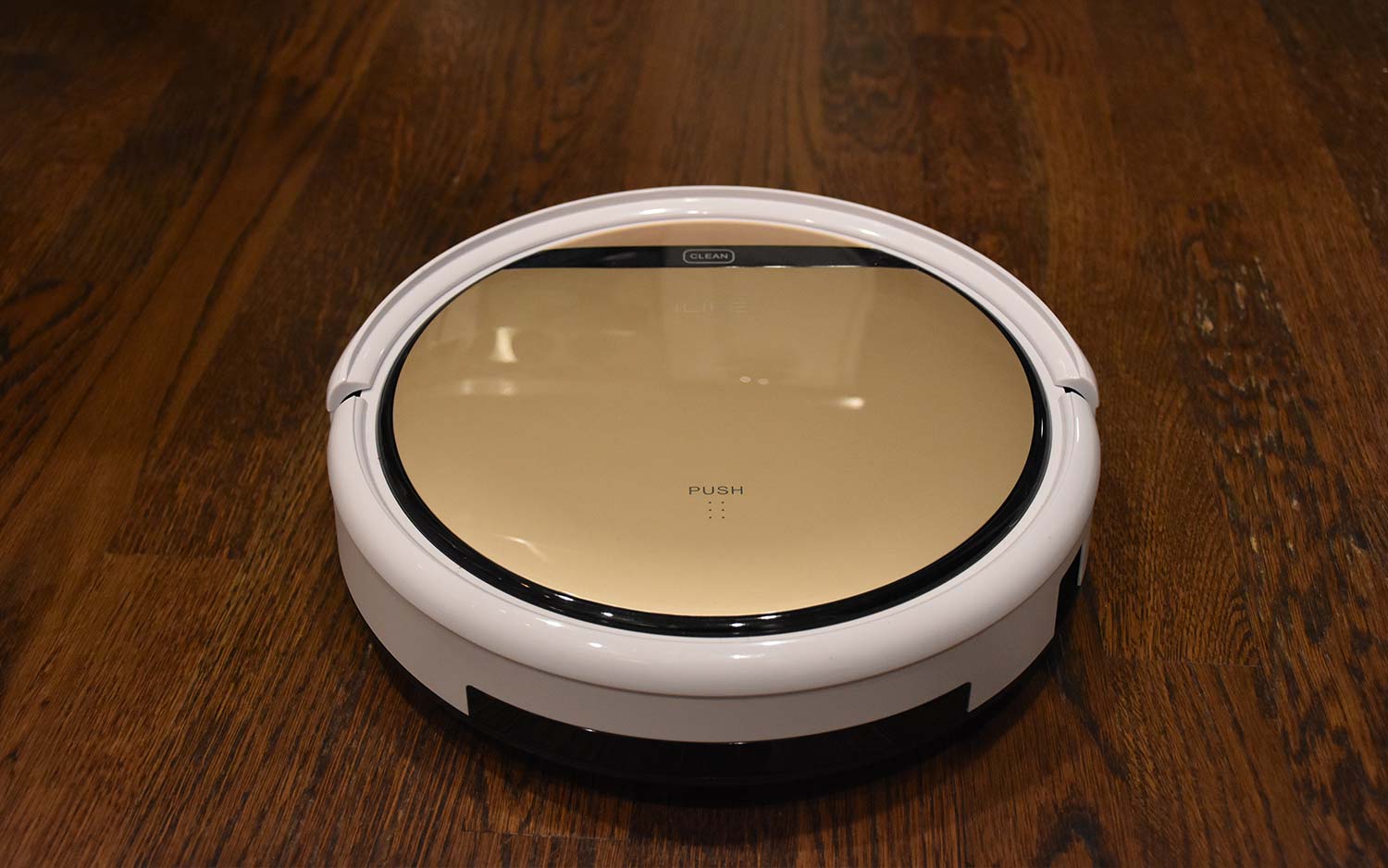
The second-best robot vacuum under $200 is iLife’s V5s Pro, which vacuumed nearly as well as the V3s Pro, picking up pet hair, Cheerios, and kitty litter with the same effectiveness. The main difference with the V5s Pro is that it has an added mopping feature. While this seems like a great idea — a vacuum and mopper in one — we found that the V5s Pro was pretty ineffective at mopping in our in-home tests, so this feature didn’t add that much value.
Like most budget robot vacs, the V5s Pro lacks a smartphone app, and doesn’t work with any smart home devices or virtual assistants like Alexa or Google Assistant. It’s also one of the slowest robot vacuums we’ve tested, taking even longer than the iLife V3s Pro. Still, for the money, it’s a very effective, and very inexpensive robot vacuum.
Read our full iLife V5s Pro review.
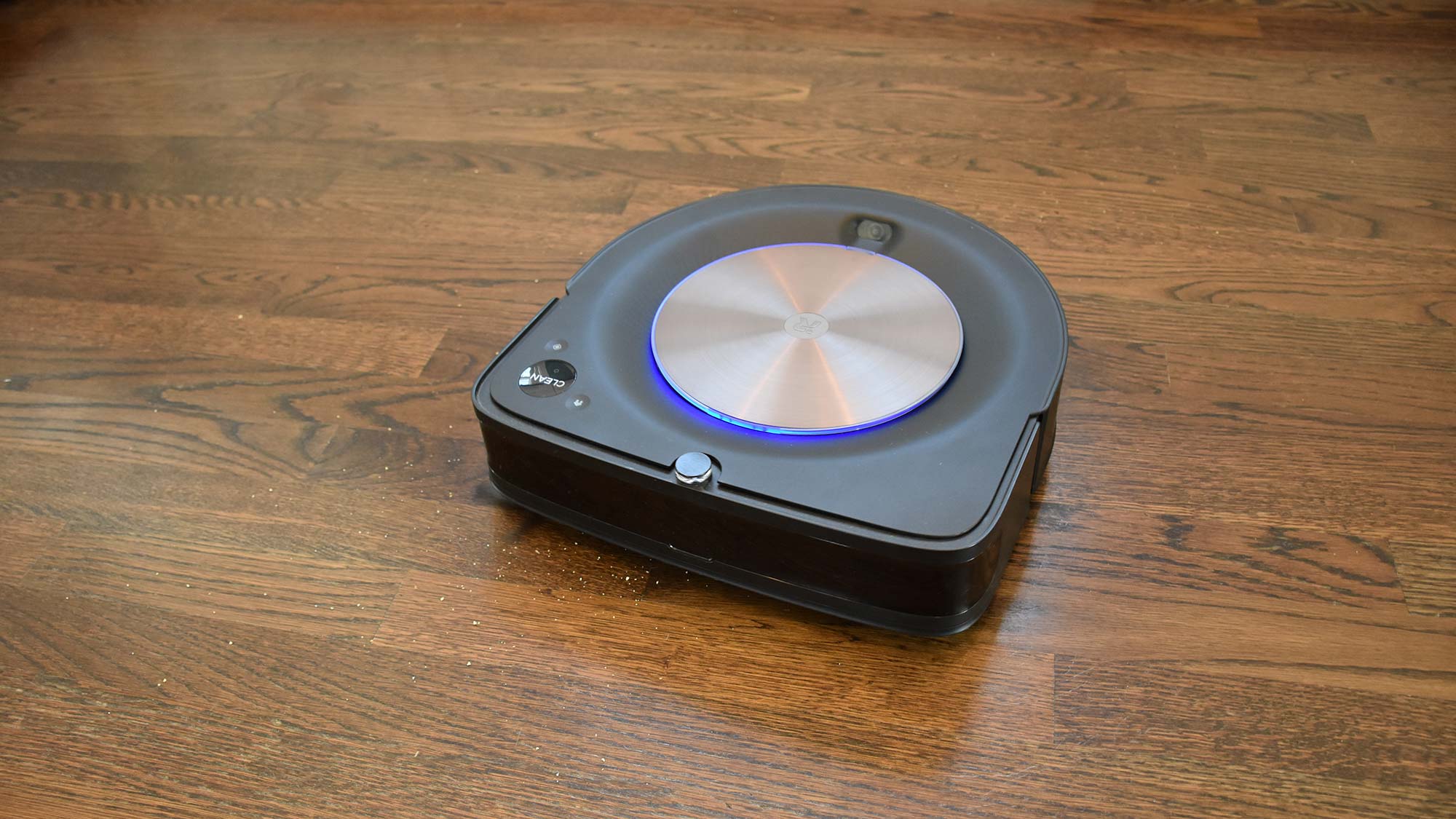
iRobot’s Roomba s9+ is the smartest and most thorough robot vacuums we’ve tested. It’s also the most expensive. The Roomba s9+ has advanced mapping, so it can record and remember a blueprint of multiple floors of your house after just a few trips; you can then specify individual rooms, and tell the s9+ to clean specific rooms on specific days. We suggest scheduling it for when you’re out of the house, as this is a noisy robot vacuum.
The Roomba s9+ also comes with a dustbin built into its charging base; while you’ll have to purchase bags for the base, you will only have to empty the container after every 30 cleanings. It you want to drop even more cash, the s9+ can also talk with the company’s Braava jet m6 robot mop ($499), and tell it to start mopping your floors after the s9+ is done vacuuming. That’s pretty neat.
Read our full iRobot Roomba s9+ review.
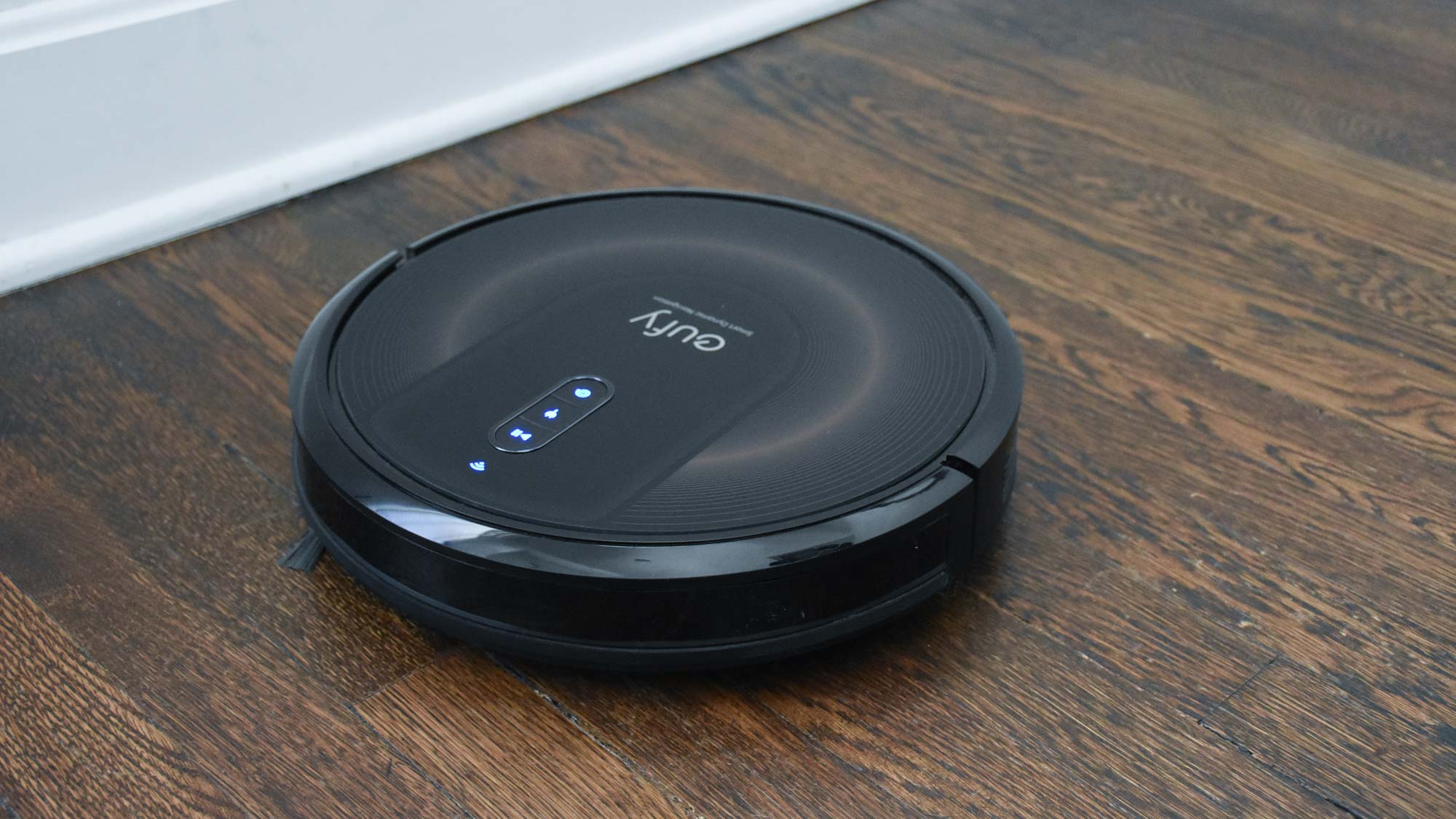
Not only is the modestly priced Eufy Robovac G30 Edge robot vacuum a very good cleaner, but it’s a very quiet one, too. We barely heard it as it made its rounds as is made its way through our rooms in a very methodical pattern. While not as effective as the top performers on our list, it still managed to pick up 88.9 percent of all debris laid before it.
An updated app made using the G30 Edge much easier than with previous Eufy robot vacuums. While the G30 Edge creates a map of your home, you can’t set up virtual no-go zones, or direct it to clean specific rooms.
Read our full Eufy Robovac G30 Edge review.
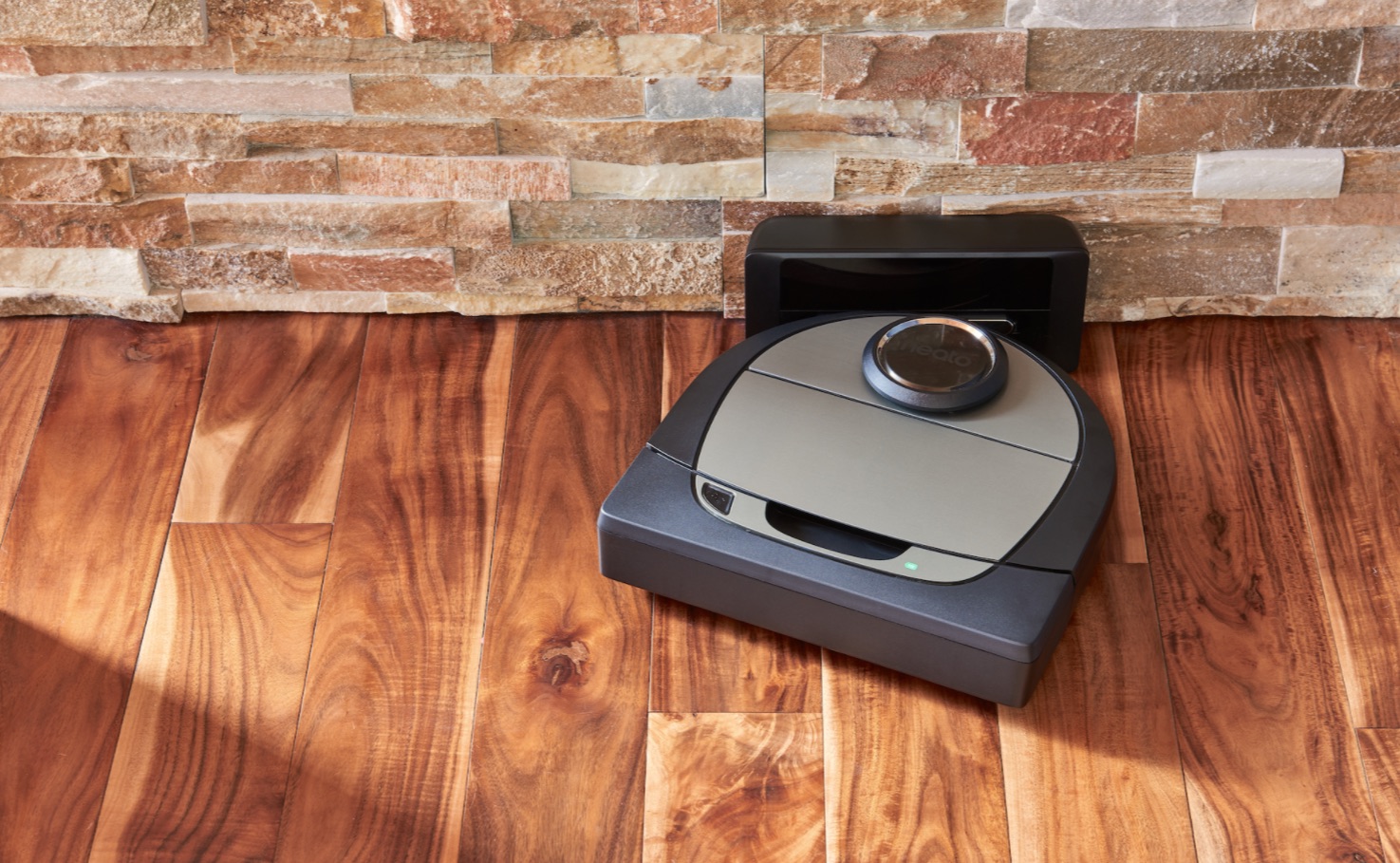
The Neato Botvac D7 Connected makes our list of the best robot vacuums because it’s the fastest, and one of the smartest, robot vacuums we’ve tested. It finished our tests in an average of 10 minutes, 22 seconds, blitzing through pet hair, Cheerios, and kitty litter — and picking up a great deal of them, too. However, it wasn’t as effective as our top two picks, the Shark Ion R85 and the iLife V3s Pro, at collecting debris.
The D7 also has multi-room and multi-floor mapping, and can be controlled using Alexa and Google Assistant. We also liked how easy it was to empty its dustbin. At around $550, the Neato Botvac D7 connected isn’t the cheapest, nor the most expensive robot vacuum, but as a midrange model, it has all the features and performance that you could want.
Read our full Neato Botvac D7 Connected review.
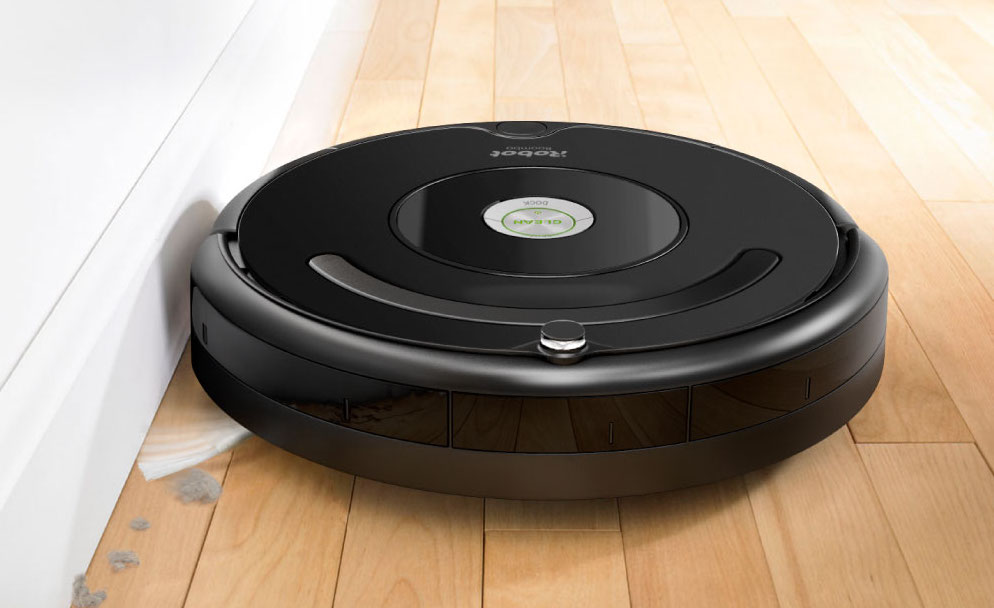
The Roomba 675 has many features you’ll find on the company’s higher-end robot vacuums, but at a more reasonable price. This Wi-Fi-connected robot was easy to set up and use, and we liked that we could connect it with Alexa and Google Assistant. It has a cliff sensor so it won’t fall down stairs, but lacks the mapping feature found on the Roomba i7 and S9.
The Roomba 675 proved to be a capable and methodical cleaner, but wasn’t as thorough as some other robot vacuums, especially when it came to pet hair. It did a great job with Cheerios and kitty litter, though. If you’re looking for an inexpensive Roomba, this is the one to get.
Read our full Roomba 675 review.
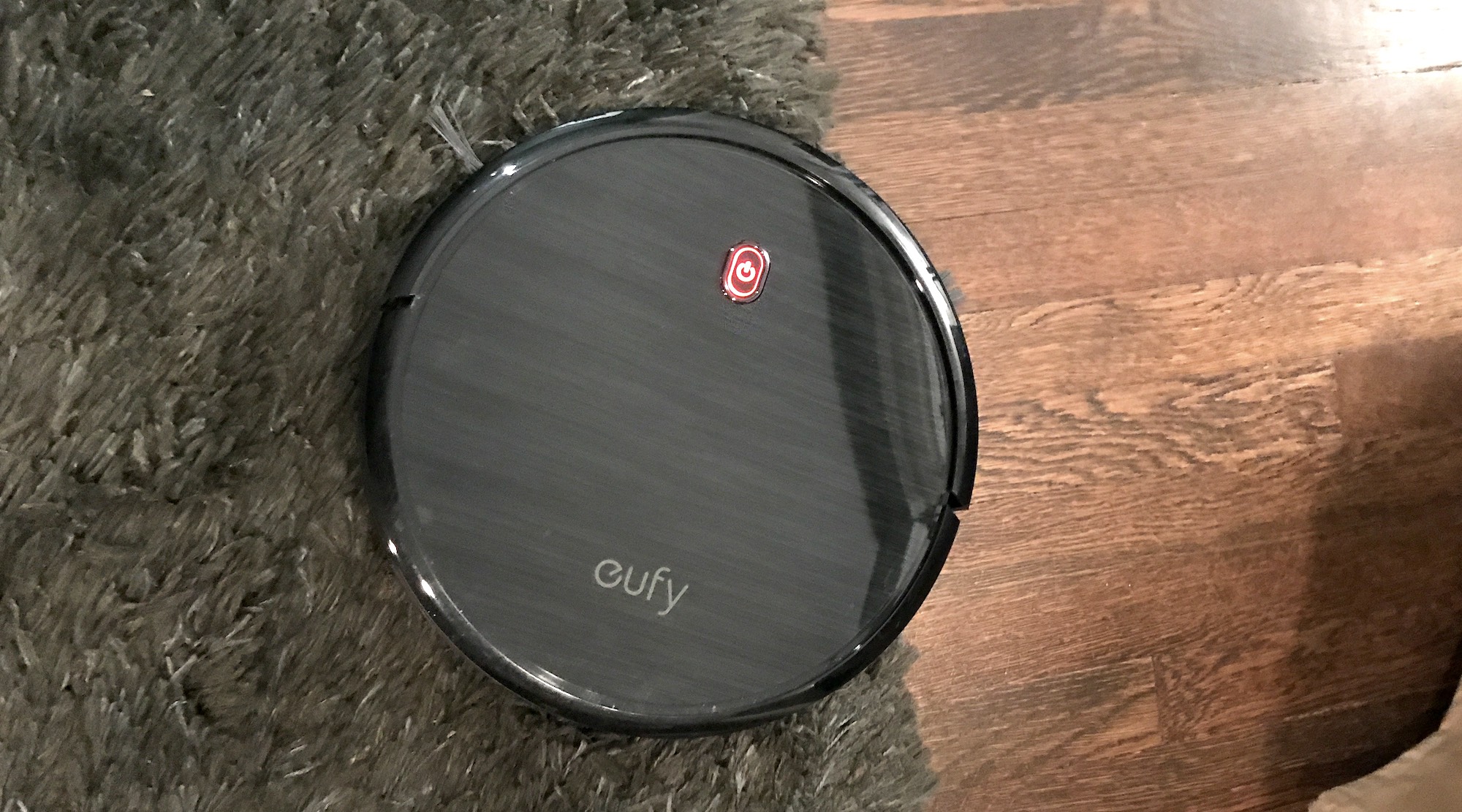
One of the trickiest areas to clean is under furniture; thanks to its low 2.85-inch profile, the Eufy Robovac 11s can go where other robot vacuums can’t, and gets those dust bunnies lurking under your couch. At around $200, it’s also a very affordable robot vacuum, too.
While it’s not a “smart” robot vacuum, the S11 does come with a remote, which made it easy to control. Performance was pretty good for the price, as it picked up nearly 88 percent of all debris; it was less effective with pet hair though. We also found that emptying the 11s resulted in a little cloud of dust. The 11s also had a propensity for getting stuck on rug tassels as well as shag carpet; it wasn’t smart enough to avoid those obstacles. Still, it’s a capable and affordable robot vacuum.
Read our full Eufy Robovac 11s review.
How to choose the best robot vacuum for you
Before you buy, you need to determine what your needs are, and how much you’re willing to spend. Things you’ll want to consider include:
- How much you’re willing to spend.
- The size of the space you want to clean.
- If you need a vacuum to clean up pet hair.
- If you want to control the vacuum using your smartphone.
Generally, robot vacuums fall into two tiers: Budget, non-smart models that cost around $200 and less, and smarter models that cost around $400 and up. While they can be effective cleaners, budget models aren’t as sophisticated, and generally bump around a room randomly until everything is clean. Because of their random cleaning pattern, they can take upwards of an hour to clean a 15 x 15-foot room.
Pricier robot vacuums will have more sensors, which they can use to map a room and clean it more efficiently. Some of the best robot vacuums we tested can clean a room in as little at ten minutes. These vacuums also have additional features, such as smartphone control, Alexa and Google Assistant compatibility, and the ability to clean individual rooms.
How to clean your robot vacuum
Because robot vacuums are designed to clean, most of us forget that these too need regular maintenance. They have surprisingly small bins (some less than 400ml) and so, unless you’re lucky enough to own a self-emptying model, these will need emptying after each run. On top of this, it’s good practice to cut free any hairs which have tangled in the rotating brush as well as clean the filters. Some brands such as Eufy, iLife, Neato, and Roborock will provide a cleaning tool which can help with these tasks. The filters will need replacing as well — you should refer to your manual for guidance on how often to replace and where to buy.
If you do not empty the bin or check for tangled hairs regularly, it will affect the performance of the robot vacuum. In fact, a full bin will result in it dragging any mess around the floors rather than picking it up.
If you own an app-connected robot vacuum, you might also get maintenance guidelines and reminders for when it’s time to clean. Some even feature replacement schedules so you don’t need to make a note in the diary!
Features to look out for
- Self-emptying — This feature is available with more premium models. When the robot vacuum’s dustbin is full, it will return to its charging dock to ‘self-empty’. This is then stored in the dock until this larger bin is full and needs emptying. Self-emptying models are great for those who suffer from allergies as the dust is released into the air less often.
- Wi-Fi connectivity — Most robot vacuums can connect to your smartphone via Wi-Fi, but some lower-end models don’t have this option. It allows you to control and monitor your robot vacuum from your phone and gives you access to all sorts of additional features, depending on the model.
- Hybrid models — Some hybrid models exist which can both vacuum and mop. These tend not to perform as well as dedicated machines, but if it’s what you want, the Roborock S7 mentioned above is the exception.
- Mapping — Some robot vacuums can map-out your home using sensors, so they can remember any obstacles, such as the stairs. The map can be displayed on your phone if the robot vacuum has Wi-Fi connectivity, and using this it can plan out the best cleaning path, rather than moving randomly.
- No-go zones — If you have the mapping technology, some allow you to set no-go zones if there’s certain areas you want to avoid, such as your pet’s food bowls or an expensive rug.
- Targeted rooms — Similar to no-go zones, some also let you set targeted rooms, if you only need to clean a particular area.
- Multiple floors — Mapping can sometimes also cover multiple floors, which can be useful if you live on more than one level.
- Scheduling — This is quite a common feature for robot vacuums. By connecting with your smartphone, you can schedule when you want it to clean, be it daily, weekly or when you’re not at home.
- Remote control — Some entry level robot vacuum cleaners come with a remote control rather than Wi-Fi connectivity. It doesn’t give you as many options, but you can still control it hands-free using this.
- Battery life — Battery life is important to consider. If you’re interested in a model which comes with a base, it can self-charge between runs. However, if the model you’re looking at needs to be manually plugged in, you might come home to a half-finished job.
- Dust capacity — The smaller the dustbin, the faster it will fill. Look for a minimum of 400ml, unless it self-empties of course!
Robot vacuum test results
Here’s the table on which robot vacuums are best at picking up dirt and pet hair. Note that while all of the robot vacuums were tested by picking up the same material on the same surfaces, those with an asterisk were tested in a 15 x 15-foot square, whereas the other models were tested in a 5 x 5-foot square.
| Overall | Pet hair | hardwood | carpet | pet hair hardwood | pet hair carpet | |
|---|---|---|---|---|---|---|
| iLife V3s Pro* | 97 | 99.5 | 99.8 | 94.2 | 100 | 99 |
| Roomba s9 | 86.8 | 98 | 96.3 | 97.3 | 99 | 97 |
| iLife V5s Pro* | 94.8 | 97.3 | 95.7 | 94 | 95 | 99.5 |
| Roborock s4 | 96.25 | 94 | 98.2 | 94.3 | 100 | 88 |
| Neato D4* | 91.3 | 91.3 | 93.6 | 88.9 | 87.5 | 95 |
| Roomba i7+ | 90.4 | 90.5 | 89.8 | 91 | 88 | 93 |
| Neato D7* | 91.3 | 89.3 | 96.1 | 86.6 | 92.5 | 86 |
| Shark R85* | 94 | 88 | 90.8 | 97.2 | 77.5 | 98.5 |
| Eufy Robovac G30 Edge* | 88.9 | 87.3 | 94.4 | 83.5 | 96.5 | 78 |
| Roborock S6 Max V | 90.6 | 80.5 | 90.7 | 90.4 | 78 | 83 |
| Roomba i3 | 90.1 | 75.5 | 96.2 | 84 | 93 | 58 |
| Roomba 675* | 89.7 | 74.3 | 90.2 | 89.2 | 77 | 71.5 |
| Eufy Robovac 11s* | 85.8 | 67.5 | 85 | 86.7 | 60 | 75 |
How we test robot vacuums
To determine which models make it to our best robot vacuum list, we call in or purchase a number of robot vacuums based on their popularity on Amazon, as well as their price and reputation from other review sites and reader comments.
The first phase of our analysis starts with testing each robot vacuum to see how effective it is at picking up 20 grams of kitty litter, 20 grams of Cheerios, and two grams of dog hair on hardwood and a medium-pile carpet. We also time how long it takes each to complete each test, as well as how loud the vacuum is as it goes about its business.
While we factor in the average cleaning time to our overall rating, we give it less importance than cleaning effectiveness, as most people will schedule a robot vacuum to go about its rounds after they leave their house.
The most promising vacuums are then sent to a reviewer to see how well they perform in a real-world environment. Here, we look at things such as how easily it navigates around an apartment, if it gets stuck under furniture or on carpets, how difficult it is to set up, and how messy it is to empty its dustbin.
From there, we base our final rating on its price, cleaning ability, functionality and ease of use relative to similar models.
For all the latest Technology News Click Here
For the latest news and updates, follow us on Google News.
